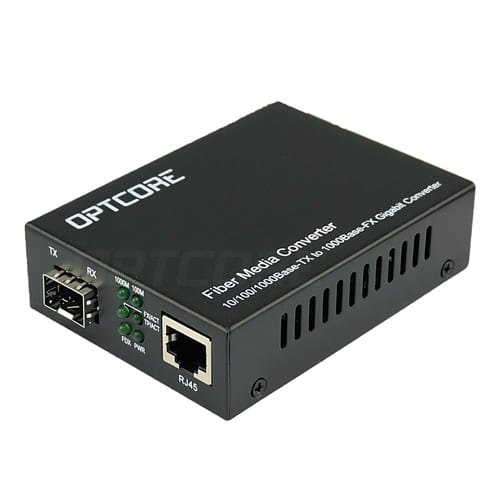
1. First, do you see if the indicator of the fiber transceiver or optical module and the twisted pair port indicator are on?
A. If the optical port (FX-LINK/ACT) indicator of the transceiver is not lit, please confirm whether the fiber link is correct cross-link, fiber-optic jack TX-RX; RX-TX.
B. If the optical port (FXFX-LINK/ACT) indicator of the A transceiver is on and the optical port (FXFX-LINK/ACT) indicator of the B transceiver is not lit, the fault is on the A transceiver side: one possibility is: The A transceiver (TX) optical transmission port is broken because the optical port (RX) of the B transceiver does not receive the optical signal; the other possibility is that the optical link of the A transceiver (TX) optical transmission port has Problem (the cable or fiber jumper may be broken).
C. The twisted pair (TXFX-LINK/ACT) indicator does not light. Please make sure that the twisted pair cable is faulty or connected incorrectly. Please use the continuity tester (but some transceivers have twisted pair indicators). It must be lit after the fiber link is connected.)
D. Some transceivers have two RJ45 ports: (To HUB) indicates that the connection line connecting the switches is a straight-through line; (To Node) indicates that the connection line connecting the switches is a cross-line.
E. Some transceivers have an MPR switch on the side: the connection line connecting the switch is a straight-through mode; the DTE switch: the connection line connecting the switches is a cross-line mode.
2. Is the optical cable and fiber jumper broken?
A. The cable on/off detection: use laser flashlight, sunlight, illuminator to illuminate one end of the cable connector or coupler; see if there is visible light on the other end? If there is visible light, it means that the cable is not broken.
B. Optical fiber connection continuity detection: use laser flashlight, sunlight, etc. to illuminate the fiber jumper; see if there is visible light on the other end? If there is visible light, the fiber jumper is not broken.
3. Is there a mistake in the half/full duplex mode?
Some transceivers have FDX switches on the side: full duplex; HDX switches: half duplex.
4, using optical power meter instrument detection
The luminous power of a fiber optic transceiver or optical module under normal conditions:
Multimode 2Km: between -10db and 18db;
Single mode 20 km: between -8 dB and 15 dB;
Single mode 60 km: between -5db and 12db;
If the luminous power of the optical transceiver is between -30db and 45db, then it can be judged that there is a problem with this transceiver.